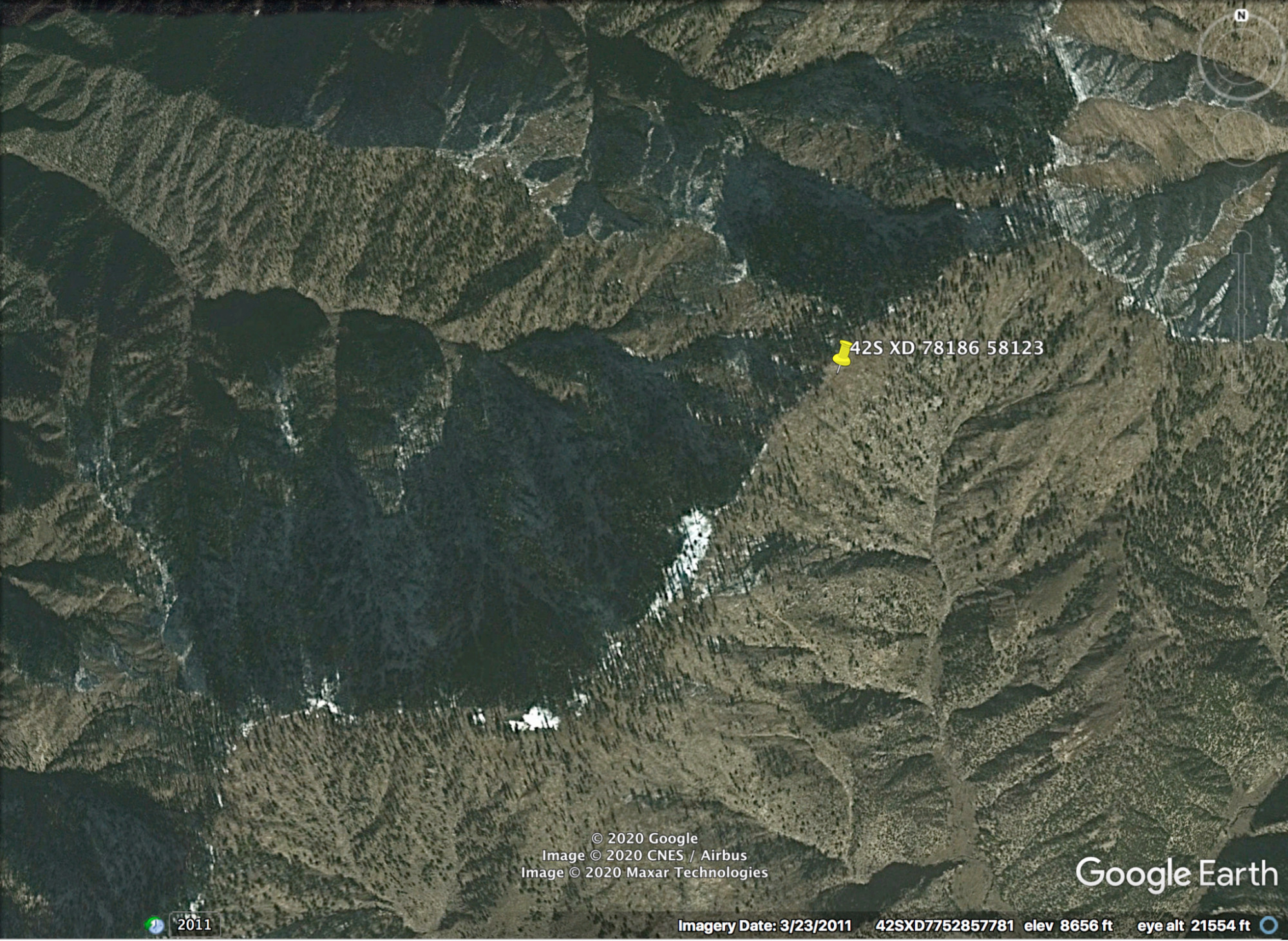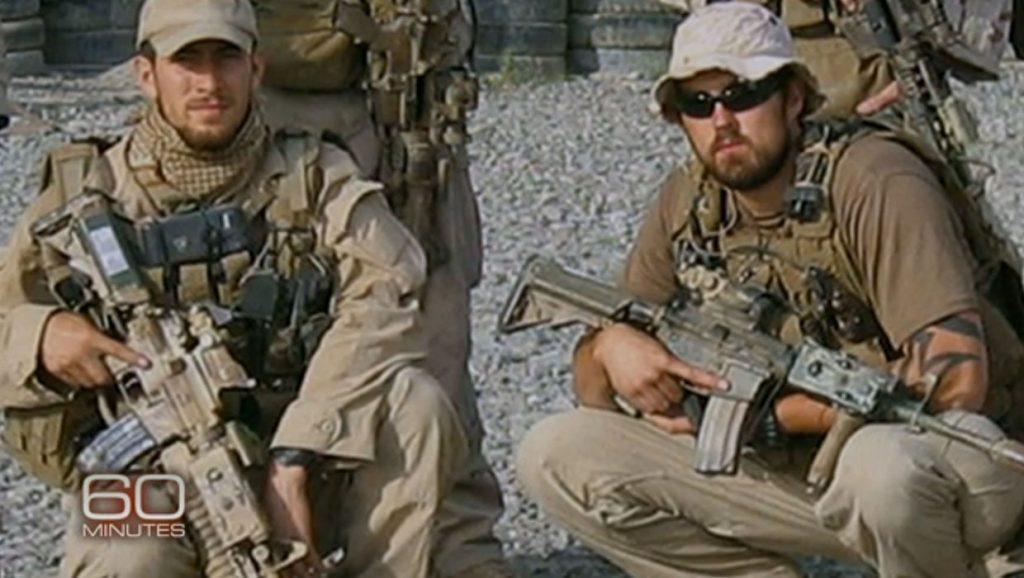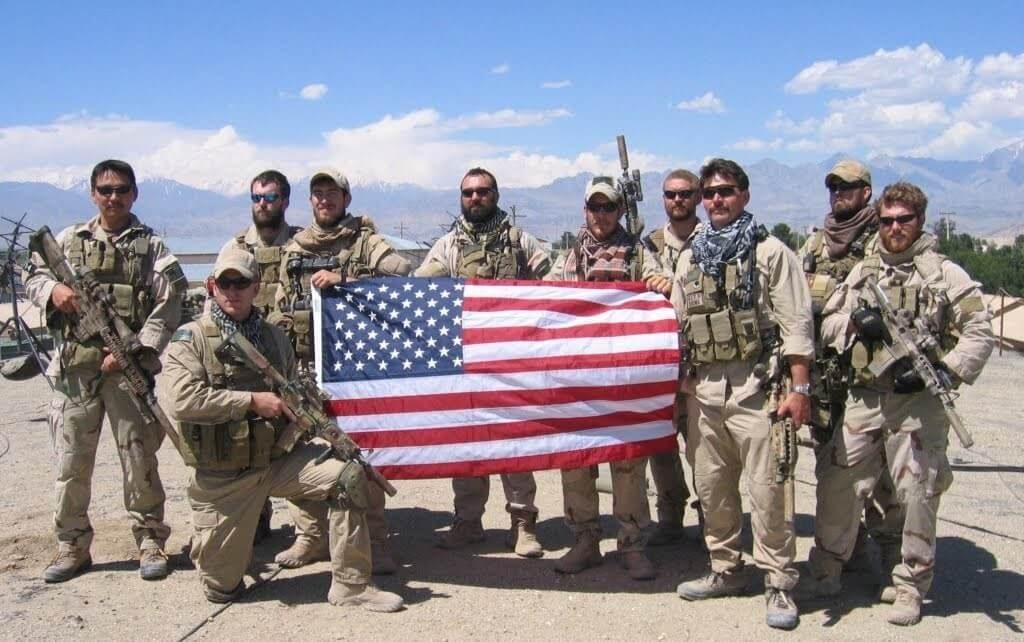Operation Red Wings was a combined/joint military operation conducted in the Pech District of Kunar Province, Afghanistan. It has become known for the heavy loss suffered by U.S. Navy SEALs. On June 28, 2005, the 4-man SEAL team was sent on a reconnaissance mission to locate an HVT (high-valuable target) at the unforgiving altitude of approximately 10,000 feet.
Mission
Deep behind enemy lines, a very committed 4-man SEAL team had a vital task. They were after Ahmad Shah – a cruel insurgent in his mid-30s who grew up in the same mountains. He was also known as Muhammad Ismail, a guerilla group known to locals as the Mountain Tigers. They had connections with the Taliban and other militant groups close to the Pakistani border.
Ahmad Shah was known to be the HVT behind numerous attacks on American forces, although there were other HVTs with more blood on their hands and considered to be bigger fish. He was a major HVT for Operation Red Wings.
Basic Details: A four-person recon element comprised of LT Michael P Murphy, HM1 Marcus A Luttrell, STG2 Mathew G Axelson, and GM2 Danny P Dietz was Inserted (MGRS: 42S XD 78186 58123) via Fast-Rope at approximately 27170ZJUN05 to conduct a sensitive recon (SR) mission.

SEAL Team
The operators of the 4-man SEAL team were:
- Lt. Michael Murphy, Team Leader
- Gunner’s Mate 2nd Class (SEAL) Danny Dietz, Comms
- Sonar Technician 2nd Class (SEAL) Matthew Axelson
- Hospital Corpsman 2nd Class (SEAL) Marcus Luttrell, Medic
Under the assumed name Muhammad Ismail, Shah led a guerrilla group known to locals as the “Mountain Tigers,” aligned with the Taliban and other militant groups close to the Pakistani border. The SEAL mission was compromised when the local nationals spotted the team, who presumably reported its presence and location to the Taliban.
A fierce firefight erupted between the four SEALs and a much larger enemy force of more than 50 anti-coalition insurgents. The enemy had the SEALs outnumbered. They also had terrain advantage. They launched a well-organized, three-sided attack on the SEALs. The firefight continued relentlessly as the overwhelming insurgents forced the SEALs deeper into a ravine.
Trying to reach safety, the four men, now each wounded, began bounding down the mountain’s steep sides, making leaps of 20 to 30 feet. Approximately 45 minutes into the fight, pinned down by overwhelming forces, Danny Dietz, the communications petty officer, sought open air to place a distress call back to the base. But before he could, he was shot in hand, the blast shattering his thumb.

Despite the intensity of the firefight and suffering grave gunshot wounds himself, Team Leader Michael Murphy is credited with risking his own life to save the lives of his teammates. Murphy, intent on making contact with headquarters but realizing this would be impossible in the extreme terrain where they were fighting, unhesitatingly and with complete disregard for his own life, moved into the open, where he could gain a better position to transmit a call to get help for his men.
He knowingly exposed himself to increased enemy gunfire, moving away from the protective mountain rocks. This deliberate and heroic act deprived him of cover and made him a target for the enemy. Murphy contacted the SOF Quick Reaction Force at Bagram Air Base and requested assistance while continuing to be fired upon. They were part of the planned QRF in Operation Red Wings. He calmly provided his unit’s location and the enemy force’s size while requesting immediate support for his team. He was shot in the back at one point, causing him to drop the transmitter. Murphy picked it back up, completed the call, and continued firing at the enemy closing in. Severely wounded, Lt. Michael Murphy returned to his cover position with his men and continued the battle.
Rescue attempt
An MH-47 Chinook helicopter, with eight additional SEALs and eight Army Night Stalkers aboard led by Lt. Commander Erik S. Kristensen, was sent as part of an extraction mission to pull out the four embattled Navy SEALs. The MH-47 Chinook was escorted by heavily-armored Army attack helicopters. Entering a hot combat zone, attack helicopters are used initially to neutralize the enemy and make it safer for the lightly-armored, personnel-transport helicopter to insert.
The attack helicopters’ heavyweight slowed the formation’s advance prompting the MH-47 to outrun their armored escort. They knew the tremendous risk of going into an active enemy area in daylight without their attack support and the cover of night. The risk would, of course, be minimized if they put the helicopter down in a safe zone. But knowing that their warrior brothers were shot, surrounded, and severely wounded, the rescue team opted to directly enter the oncoming battle in hopes of landing on brutally hazardous terrain.
As the Chinook raced to the battle, a rocket-propelled grenade struck the helicopter, killing all 16 men aboard. That was one of the greatest losses in the SOF community and the highest single loss in Operation Red Wings.
Marcus Luttrell’s Escape
On the ground and nearly out of ammunition, the four SEALs, Murphy, Luttrell, Dietz, and Axelson, continued the fight. Murphy, Axelson, and Dietz had been killed by the end of the two-hour gunfight that careened through the hills and over cliffs. An estimated 35 Taliban were also dead.
The fourth SEAL, Luttrell, was blasted over a ridge by a rocket-propelled grenade and was knocked unconscious. Regaining consciousness sometime later, Luttrell managed to escape – badly injured – and slowly crawl away down the side of a cliff. Dehydrated, with a bullet wound to one leg, shrapnel embedded in both legs, three vertebrae cracked; the situation for Luttrell was grim. Rescue helicopters were sent in, but he was too weak and injured to make contact.
He evaded the enemy for nearly a day by traveling seven miles on foot. Gratefully, local nationals came to his aid, carrying him to a nearby village where they kept him for three days. The Taliban came to the village several times, demanding that Luttrell be turned over to them. The villagers refused. One of the villagers made his way to a Marine outpost with a note from Luttrell, and U.S. forces launched a massive operation that rescued him from enemy territory on July 2.
Through his undaunted courage, intrepid fighting spirit, and inspirational devotion to his men in the face of certain death, Lt. Murphy was able to relay his unit’s position. This act ultimately led to the rescue of Luttrell and the recovery of the remains of the three who were killed in the battle.
This was the worst single-day U.S. Forces death toll since Operation Enduring Freedom began. It was the single largest loss of life for Naval Special Warfare since World War II. Operation Red Wings was a pyrrhic victory U.S. victory.
The Naval Special Warfare (NSW) community will forever remember June 28, 2005, and our special operators’ heroic efforts and sacrifices. We reverence the ultimate sacrifice they made while engaged in that fierce firefight on the global war’s front lines on terrorism (GWOT).
Casualties in Operation Red Wings
On June 28, 2005, three of four SEALS on the ground (Murphy, Dietz, Axelson) were killed during combat operations to support Operation Red Wings. ON the same day, a Quick Reaction Force of 8 Navy SEALs and 8 Army Night Stalkers were also killed when the MH-47 helicopter that they were aboard was shot down by enemy fire in the vicinity of Asadabad, Afghanistan, in Kumar Province.
SEAL Delivery Vehicle Team 1, Pearl Harbor, Hawaii.
- Lt. (SEAL) Michael P. Murphy, 29, of Patchogue, N.Y.
- Sonar Technician (Surface) 2nd Class (SEAL) Matthew G. Axelson, 29, of Cupertino, Calif.
- Machinist Mate 2nd Class (SEAL) Eric S. Patton, 22, of Boulder City, Nev.
- Senior Chief Information Systems Technician (SEAL) Daniel R. Healy, 36, of Exeter, N.H.
- Quartermaster 2nd Class (SEAL) James Suh, 28, of Deerfield Beach, Fla.
SEAL Delivery Vehicle Team 2, Virginia Beach, Va.
- Gunner’s Mate 2nd Class (SEAL) Danny P. Dietz, 25, of Littleton, Colo.
SEAL Team 10, Virginia Beach, Va.
- Chief Fire Controlman (SEAL) Jacques J. Fontan, 36, of New Orleans, La.
- Lt. Cmdr. (SEAL) Erik S. Kristensen, 33, of San Diego, Calif.
- Electronics Technician 1st Class (SEAL) Jeffery A. Lucas, 33, of Corbett, Ore.
- Lt. (SEAL) Michael M. McGreevy Jr., 30, of Portville, N.Y.
- Hospital Corpsman 1st Class (SEAL) Jeffrey S. Taylor, 30, of Midway, W.Va.
Army Night Stalkers
3rd Battalion, 160th Special Operations Aviation Regiment (Airborne), Hunter Army Air Field, Ga.
- Staff Sgt. Shamus O. Goare, 29, of Danville, Ohio.
- Chief Warrant Officer Corey J. Goodnature, 35, of Clarks Grove, Minn.
- Sgt. Kip A. Jacoby, 21, of Pompano Beach, Fla.
- Sgt. 1st Class Marcus V. Muralles, 33, of Shelbyville, Ind.
- Maj. Stephen C. Reich, 34, of Washington Depot, Conn.
- Sgt. 1st Class Michael L. Russell, 31, of Stafford, Va.
- Chief Warrant Officer Chris J. Scherkenbach, 40, of Jacksonville, Fla.
- HQ Company, 160th Special Operations Aviation Regiment (Airborne), Fort Campbell, Ky.
- Master Sgt. James W. Ponder III, 36, of Franklin, Tenn.
Awards
On 22 October 2007, President George W. Bush presented the parents of Lieutenant Michael P. Murphy the Medal of Honor for his actions on 28 June 2005.
After refusing to open fire on civilians who discovered his SEAL team, Murphy and his unit found themselves confronted by many Taliban and al-Qaeda infantry who were determined to wipe out the small force. Murphy called for assistance and eventually ensured that the surviving member of his team reached safety. Two of the team members killed in action, Gunner’s Mate Second Class Danny P. Dietz and Sonar Technician Second Class Matthew G. Axelsson, received the Navy Cross posthumously in 2006.
Lone Survivor
Marcus Luttrell writes the book Lone Survivor about Operation Red Wings. The 2013 film is an adaptation of the title character’s autobiography, Marcus Luttrell, titled Lone Survivor: The Eyewitness Account of Operation Red wings and the Lost Heroes of SEAL Team 10 (2007).
The book is quite different than the movie. I saw the movie first and then read the book after. The film covers only a fraction of what was written and only part of Operation Red Wings. I suppose that is true of most film adaptations of books. One major difference between the film and the book is depicting the death of Luttrell’s leader and best friend, LT Michael Murphy.
The film shows Murphy deciding to expose himself to enemy fire to get a message to a waiting Quick Reaction Force and hopefully save as many of his men as possible. He had to do this because the area’s rocky structure blocked any transmission from his satellite phone. The scene ends with Murphy successfully making the call and then falling dead after being shot in the back multiple times while perched upon a rock out in the open.

As described in the book, the reality of the situation is significantly different and more disturbing. In actuality, LT Murphy successfully made the call while taking gunfire. He was out in the open on an exposed rock formation. Following the call, Murphy managed to drag himself to a semi-covered position, where he began to cry out to Luttrell for help. Luttrell wrote about realizing there was no possible way to help his best friend because the enemy would surely kill him long before he reached Murphy.
Murphy kept crying out for help, and Luttrell set aside his weapon and put his fingers in his ears because he could not stand to hear his best friend die. He calls himself a coward. It takes an enormous amount of strength, character, and bravery to tell the world the truth about such a sensitive situation when no one would ever have known the difference. Murphy’s pleas for help quickly fell silent as he continued to take rounds as he died.
My recommendation would be to watch the film first, then read the book for the facts and the rest of this amazing story of survival and loss.

God i could write a novel on the failures of command on this event. I will just go small. Has this team ever worked together before being from east and west coast? I’m start with the commo guy. Why would u take a mbitr ? its light i get it without a relay its trash in terrain he should know that. Obviously, Marcus said he didn’t know to use his correctly why wasn’t he doing some hip pocket when they had down time? Who did the OPORD and said this is good plan. E and E plan? I won’t harp I feel like they were the FNGs and was probably going to catch shit if they got compromised. I try to have some perspective and this being first fire fight. I’m sure in their minds they are saying I’m a seal I this can’t be happening, and they are going to be exhausted trying to operate in a oxygen depleted environment. to be continued. My question is, does anyone know who answered the iridium call on the other end? i had it book marked and its lost.